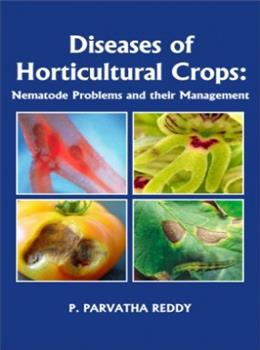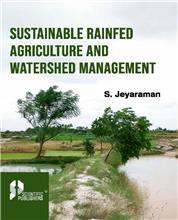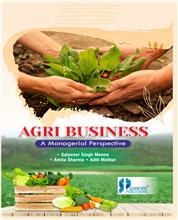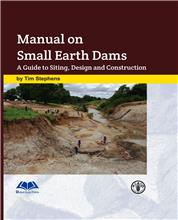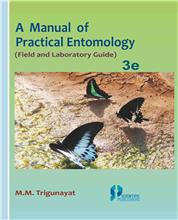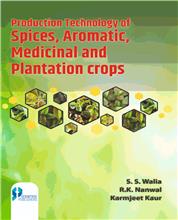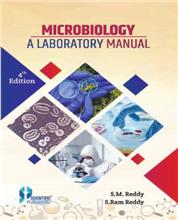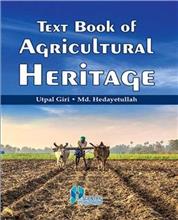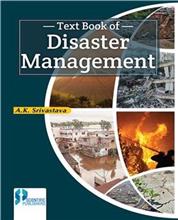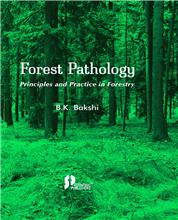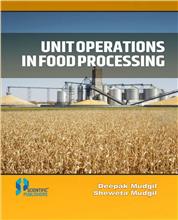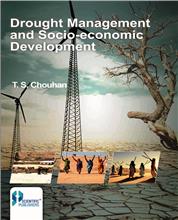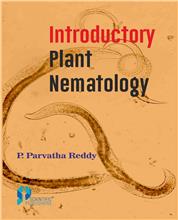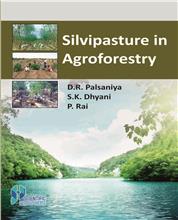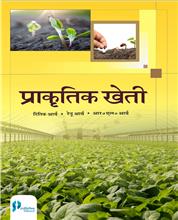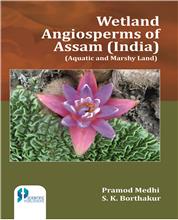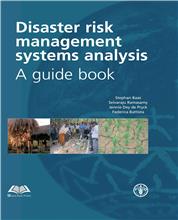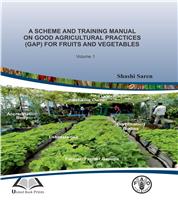Nematodes continue to threaten horticultural crops throughout the world, particularly in tropical and sub-tropical regions. Estimated overall average annual yield loss of the world s major horticultural crops due to damage by plant parasitic nematodes is 13.54%. Monetary losses due to nematodes on 10 horticultural crops, six of which are life sustaining were estimated at US$ 19.37 billion annually based on 1984 production figures and prices. These deleterious effects on plant growth result in reduced yields and poor quality of horticultural crops. Nematode management is therefore, important for high yields and quality that are required by the high cost of modern crop production. The information on nematode diseases and their management, especially crop wise, is very much scattered and there is no book which deals entirely with the above aspects on horticultural crops. This book deals with nematode diseases and their management in horticultural crops such as fruit, vegetable, orname-ntal, medicinal, aromatic, plantation, spice and tuber crops. Each nematode disease is described in adequate detail under the following heads: economic importance, crop losses, distribution, symptoms, hosts range, life cycle, races/ biotypes, host-parasite relationship, histopathology, ecology, spread, survival, interaction with other pathogens and management. The management methods presented includes regulatory, physical cultural, chemical, biological, host resistance and integrated approach. An entire chapter is devoted for sources of availability of critical inputs used for nematode management which would be very useful to the farmers. Very useful information on certain aspects of nematode management is presented in Appendix. The book is adequately illustrated with about 50 figures. This book is a practical guide to practicing farmers of horticultural crops. Further, it is a useful reference to policy makers, research and extension workers and students. The material can also be used for teaching under-graduate and post-graduate courses.
